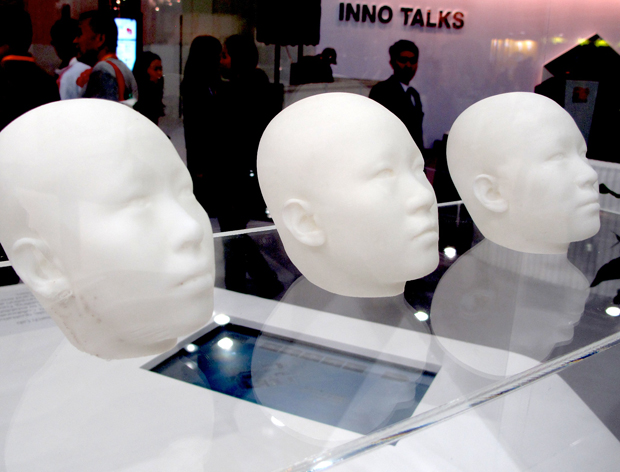Database helps design better headwear for Asian consumers


HONG KONG -- As China's economy booms, businesses are catering more and more to Chinese consumers who are buying more and more things. You know, things like sunglasses, headphones and snowboarding helmets.
But some Western makers of these products are realizing that they need to better tailor their brands to fit Asian faces and heads. Because let's face it: Asians and Caucasians, on average, differ facially, cranially, and otherwise.
And now, product designers have an online tool that can provide head-measurement data and analysis put together by Hong Kong Polytechnic University’s School of Design.
The data project was started by PolyU associate professor Roger Ball, who is also a helmet designer. He realized that conventional snowboarding helmets designed by Westerners were not selling in Japan. The reason was simple: they didn't fit well.
It turns out Asian heads are shaped differently from Caucasian heads. This revelation was the beginning of the SizeChina project, for which a team of researchers use laser scans to take precise head measurements, which will help figure out how to design better products for Asians.
The study has been ongoing for years, and researchers have painstakingly gathered head measurement data from thousands of subjects in mainland China. SizeChina has won a slew of international awards and was recently nominated for the World Design Impact Prize.
A month ago, the team launched an online application, called Facefinder, that allows product designers and manufacturers to use the project’s data for free. It has also used the data to create a tool, called Faceforms, that produces six highly accurate 3D Chinese-head models to help designers find the right fit.
Photo: Vanessa Ko
This post was originally published on Smartplanet.com